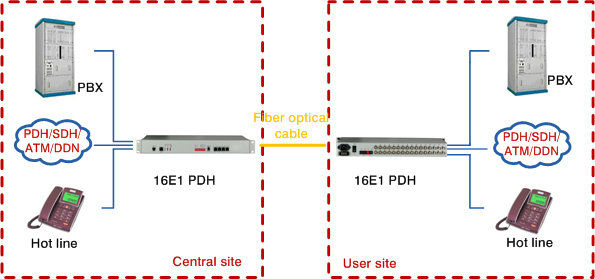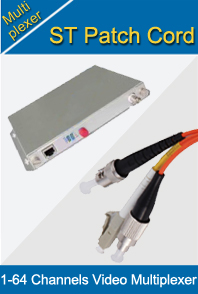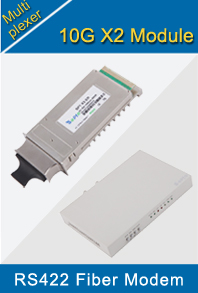-

- Sopto Home
-

- Special Topic
-

- Multiplexer Knowledge
-

- Signal Switching and Distribution
Multiplexer Knowledge
- Why is Multiplexing Needed in Data Communication Systems?
- What is Concept of Multiplexing in Telephone System?
- What is Digital TV Frequency?
- Outlook of the WDM Networks
- DWDM Technical Overview
- CWDM Technical Overview
- How to Activate Cable Modems?
- How to Install a Fiber Optic Modem?
- How do I Choose a Best Fiber Modem?
SOPTO Special Topic
Certificate



Guarantee
Except products belongs to Bargain Shop section, all products are warranted by SOPTO only to purchasers for resale or for use in business or original equipment manufacturer, against defects in workmanship or materials under normal use (consumables, normal tear and wear excluded) for one year after date of purchase from SOPTO, unless otherwise stated...
Return Policies
Defective products will be accepted for exchange, at our discretion, within 14 days from receipt. Buyer might be requested to return the defective products to SOPTO for verification or authorized service location, as SOPTO designated, shipping costs prepaid. .....
Applications
Multiplexers can be used to connect PBX, Hot line and other devices of network from central site to user site through fiber optical cable.
SOPTO Products
- Fiber Optic Transceiver Module
- High Speed Cable
- Fiber Optical Cable
- Fiber Optical Patch Cords
- Splitter CWDM DWDM
- PON Solution
- FTTH Box ODF Closure
- PCI-E Network Card
- Network Cables
- Fiber Optical Adapter
- Fiber Optical Attenuator
- Fiber Media Converter
- PDH Multiplexers
- Protocol Converter
- Digital Video Multiplexer
- Fiber Optical Tools
- Compatible
Related Products
Performance Feature
High integration desig
Low power consumption
Good EMC, EMI
Stable and Reliable
Multiplexer Knowledge
Recommended


Signal Switching and Distribution
Active Switching and Distribution in AV Systems
Switching systems used in fiber optic AV systems typically employ optical input electrical switching-optical output – OEO technology. The optical signal is converted to the electrical domain at the input of the router, switcher, or distribution amplifier.
It is then processed in the electrical domain, and restored to an optical signal at the output. OEO systems restore full transmission power level on the output to preserve the optical loss budget. The use of OEO technology avoids the losses that occur in optical input-optical switching-optical output – OOO systems that use passive splitters to distribute optical signals to multiple destinations, which is particularly important when multicasting a fiber optic AV signal to several displays.
Switching and Routing Fiber Optic TDM AV Signals
TDM switching systems process a single serial bit stream for each signal to produce an efficient, compact design. The single wavelength/single fiber switching system performs a single E-to-O conversion for each input and a single O-to-E conversion on each output as shown in Figure 1. High-speed digital switching ensures pixel-for-pixel performance for high resolution video signals. The matrix switcher also maintains the serial format of the signal to simplify switching and maintain proper timing.
.png)
Figure 1 Matrix Switcher for TDM Systems
Maintaining the serial digital bit stream enables switching to be independent of the underlying video format as shown in Figure 2. This allows the distribution system to support a wide variety of digital signals, including HDMI/DVI, 3G-SDI, USB, RS-232, and other digital signals. Signal types are defined by the endpoints – the transmitter and receiver. Serial digital signals, such as 3G-SDI, are supported in their native format, enabling local inputs and outputs.
.png)
Figure 2 TDM Fiber Optic Signal Routing Easily Handles Multiple Video Formats
Bidirectional signals are easily handled by using two fibers, an input and output that are switched together. However, multi-lane signals such as HDMI, DVI, and RGB require external transmitters and receivers to provide local inputs and outputs. The ability to support a wide variety of signals simplifies upgrading of sources and displays with minimal impact on the switching and routing system.
The efficient design of a TDM matrix switcher enables a large number of inputs and outputs in a compact space with moderate power requirements.
Sopto supplies high quality communication products, like 1-64 Channels Video Multiplexers, Phone Optical Multiplexers and so on. Please contact a Sopto representative by calling 86-755-36946668, or by sending an email to info@sopto.com.



